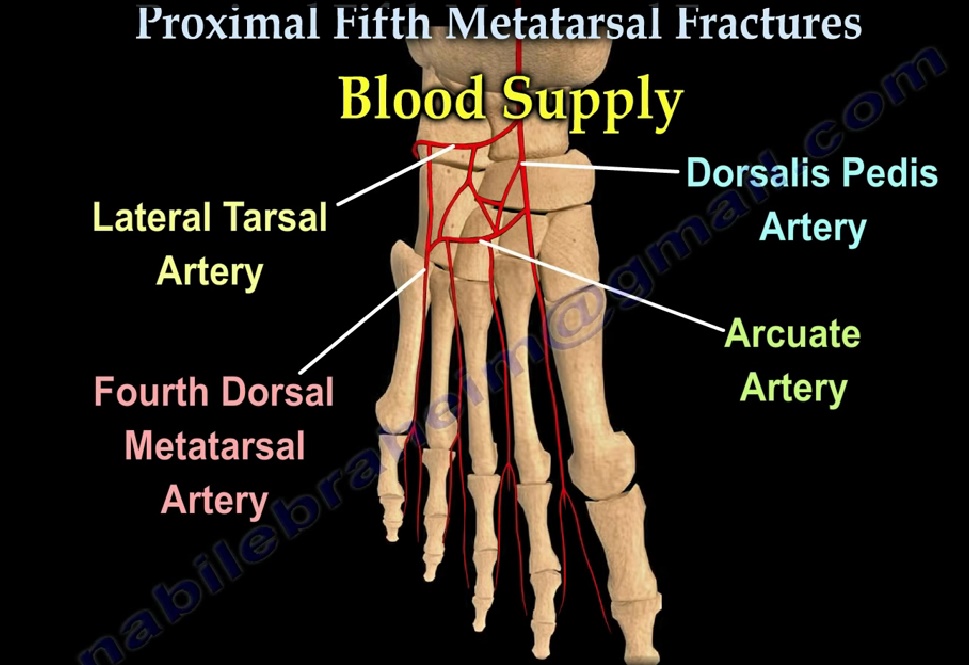
(Right) The tear of the Lisfranc ligament is more evident in this weightbearing stress X-ray, showing a widening of the joint. (Left) In this non-weightbearing X-ray, the Lisfranc injury does not show any abnormal widening (arrow). The doctor may also take X-rays of your uninjured foot so they can compare the alignment of the bones in the injured foot to the uninjured side. Injuries will not be made worse from a standing (weightbearing) X-ray, nor will an injury that might be treated without surgery progress to need surgery if this test is done. In this case, the doctor is looking for a ligament injury, especially if the bones are not expected to be broken. If the injury happened after a simple twist and fall (a low-energy injury), the doctor may ask that an X-ray be taken with the patient standing. Any change in the normal alignment of the joint may suggest injury to the ligaments. An X-ray also can show the alignment of the Lisfranc joint. Broken bones and the position of the bones can be seen in an X-ray image. Other tests that the doctor may order to help confirm your diagnosis include:

This test should not cause pain in your uninjured foot. The doctor may ask you to stand on one foot and come up on your "tip toes." This places significant stress across the midfoot and is useful if the injury is subtle. This puts stress across the midfoot and will produce pain if there is an injury. The doctor may grasp your toes and move them up and down to determine whether this causes pain. This should not cause pain in your uninjured foot. The doctor may grasp your heel and twist the front of your foot to determine whether there is pain at the midfoot.

Tenderness to pressure (palpation) along the midfoot.This suggests a complete tear of the midfoot ligaments or a midfoot fracture. Bruising along the bottom of your foot.Specific things your doctor will look for include: Although some of the physical tests the doctor will perform may be painful, none of them will make the injury worse. After talking with you about your symptoms and discussing your concerns, your doctor will examine your foot and ankle.


 0 kommentar(er)
0 kommentar(er)
